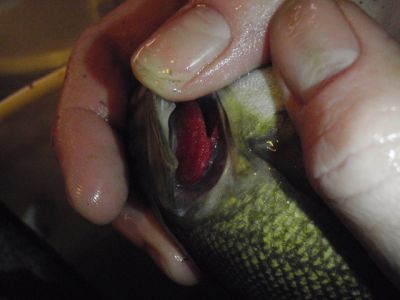Wavy-rayed lampmussel (Lampsilis fasciola) Monitoring Program
In a few rivers in Canada including the Grand River, Ontario, this endangered unionid bivalve uses lures to attract smallmouth bass as part of its reproductive cycle. When a fish approaches the lure (one lure type imitates a leach, one imitates a crayfish and the other lure type imitates a darter - see pictures below), the mussel expels numerous glochidia into the mouth of a smallmouth bass. The glochidia are larval mussels that attach to the gill filaments of the fish for several months. During this period, the fish carry the mussels upstream, and likely use fishways to transport mussels upstream over barriers such as the Mannheim weir.
In 2006 we began a long-term endangered freshwater mussel monitoring program with the Department of Fisheries and Oceans Canada. This project used our BRAVO underwater monitoring network to transmit and record interactions between wavy-rayed lampmussels and obligate fish hosts in the Grand River, Ontario.








